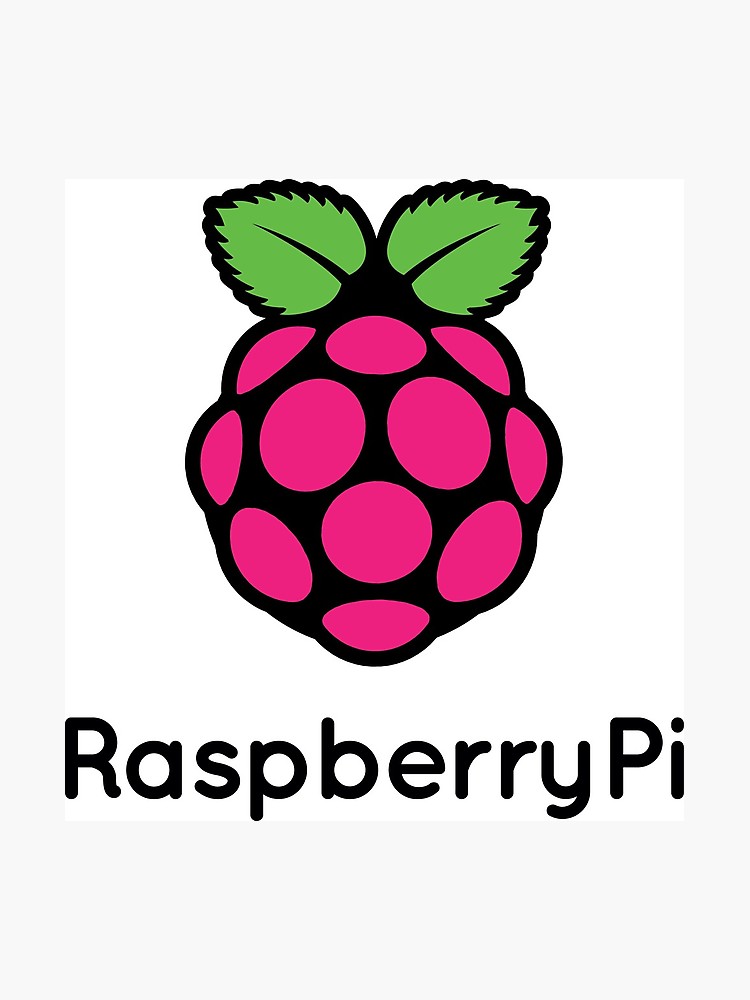🌿 Project Overview:
Students will build a Smart Plant Monitor using a Raspberry Pi, sensors, and Python programming. This project teaches students how to monitor a plant’s environment (light, moisture, temperature) and receive real-time data or alerts. It blends environmental science and IoT (Internet of Things) in a fun, interactive way.
📦 What Students Will Learn:
-
Python programming basics
-
Sensor integration with Raspberry Pi (moisture, light, temperature)
-
Data collection & visualization (basic graphs with Matplotlib or Google Sheets)
-
Basic circuit building with breadboards
-
Problem-solving and team collaboration
-
Introduction to real-world applications like smart farming and climate monitoring
🔧 Materials Needed:
-
Raspberry Pi 4 (or 3B+)
-
MicroSD card (pre-flashed with Raspberry Pi OS)
-
USB power supply
-
DHT11 sensor (temperature & humidity)
-
Soil moisture sensor
-
Light sensor (e.g., photoresistor)
-
Jumper wires & breadboard
-
Small potted plant
-
Optional: LCD display or LED indicators
-
Internet connection for data dashboard
💻 Software Tools:
-
Python 3
-
Thonny or Visual Studio Code (on Raspberry Pi)
-
Matplotlib (for charts)
-
Optional: IFTTT or Blynk for alerts
-
Google Sheets API (advanced students)
🧠 Step-by-Step Lessons:
Session 1:
-
Introduction to Raspberry Pi & sensors
-
Setting up Pi and installing packages
Session 2:
-
Building circuits: soil sensor + light sensor + DHT11
-
Basic Python: reading sensor data
Session 3:
-
Creating a simple dashboard (text-based or chart-based)
-
Decision logic (e.g., “if soil moisture < 30%, turn on LED”)
Session 4:
-
Connecting to online platforms (IFTTT, Blynk, or email alerts)
-
Displaying real-time info on an LCD or computer
Session 5–6:
-
Final project wrap-up
-
Students present their Smart Plant Monitors with live demo
-
Reflection: “How can this tech help farmers, cities, or even Mars?”
🎨 STEAMS Add-On (Optional):
Let students decorate their plant monitor, name their device, or create a poster presentation explaining the science and code behind it. This engages artistic and communication skills.
🏁 Learning Outcomes:
-
Understand real-world tech applications in sustainability and agriculture
-
Gain hands-on experience with Raspberry Pi and Python
-
Build curiosity and confidence in using tech to solve environmental challenges




Reviews
There are no reviews yet.